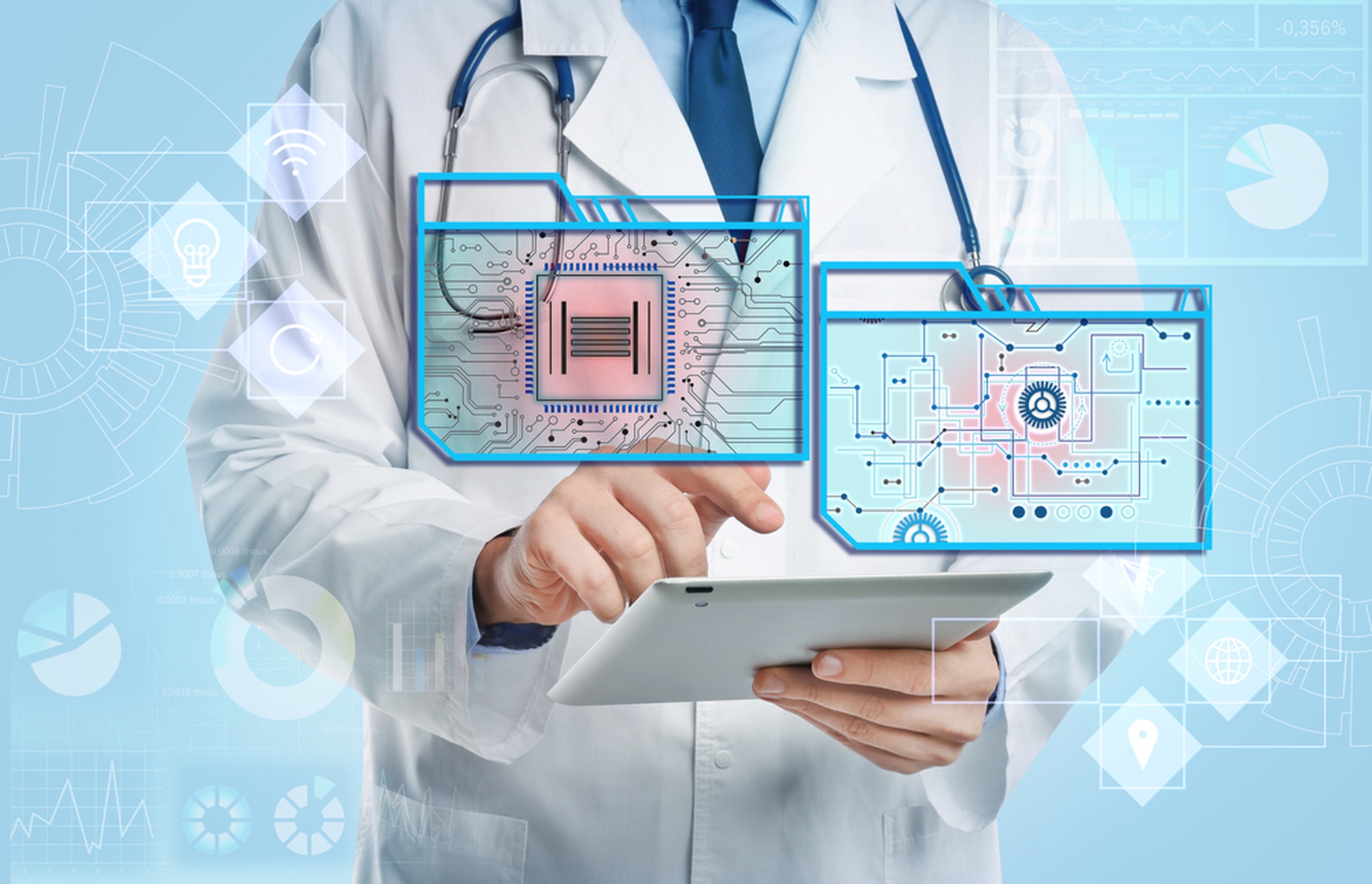Big Data and Data Mining
Big Data and Data Mining
Identify one aspect of big data and data mining that is interesting to you. Explain the concept and how it might bring value to healthcare.
Describe the concept of continuity planning. If you were the director or manager for your current workplace, describe the preparedness program you would recommend.
Locate an article discussing the use of informatics in healthcare education of the general public or of nursing students. Discuss the benefits and drawbacks to using technology in this situation and recommendations from the author.
Do you feel this use of technology is a viable method of educating (the public or nursing students)? Why or why not?

One aspect of big data and data mining that is particularly interesting is predictive analytics. Predictive analytics involves using historical data to make predictions about future events or trends. In health care, this concept can bring immense value by helping to anticipate patient outcomes, reduce readmissions, and improve overall care quality. For example, by analyzing large datasets of patient records, hospitals can identify risk factors for diseases like diabetes or heart failure, allowing for early intervention. This proactive approach can improve patient outcomes and reduce health care costs by preventing complications before they occur.
Continuity Planning in Health Care
Continuity planning refers to the process of creating systems and procedures to ensure that essential functions of an organization can continue during and after a disaster or emergency. If I were the director or manager of my current workplace, I would recommend a preparedness program that includes regular training for staff on emergency protocols, creating redundancies for critical systems (like electronic health records), and establishing partnerships with nearby facilities to share resources if necessary. This program would also include communication plans to ensure that patients and staff are kept informed during emergencies. Regular drills and updating of the plan based on lessons learned would ensure readiness in case of any disruptions.
Informatics in Health Care Education
Informatics plays a crucial role in the education of both the general public and nursing students. For instance, an article by Honey et al. (2017) highlights how informatics tools like online simulations and e-learning platforms can improve nursing students’ competencies. The benefits of using technology in health care education include flexibility, access to a wider range of resources, and the ability to simulate real-life scenarios in a safe, controlled environment. However, the drawbacks include the potential for technical issues, the need for students to have reliable internet access, and the lack of hands-on experience that traditional methods provide.
The article recommends blending technology with in-person learning to address these concerns. I believe this use of technology is a viable method of educating nursing students, as it allows for the delivery of up-to-date information and diverse learning methods. However, it should not completely replace in-person clinical experience, which is essential for developing practical skills. Similarly, when educating the general public, technology can increase accessibility, but clear communication and personalized interactions remain key for patient understanding and engagement.
References:
Honey, M., Skiba, D., Procter, P., & Foster, J. (2017). Nursing Informatics: A Model for Educating Nursing Students. https://nursekey.com/nursing-informatics-a-model-for-educating-nursing-students/



